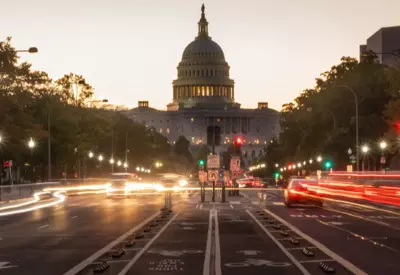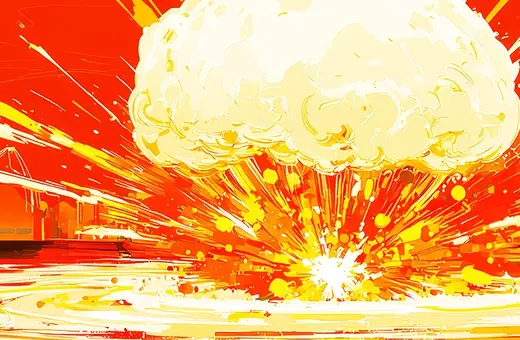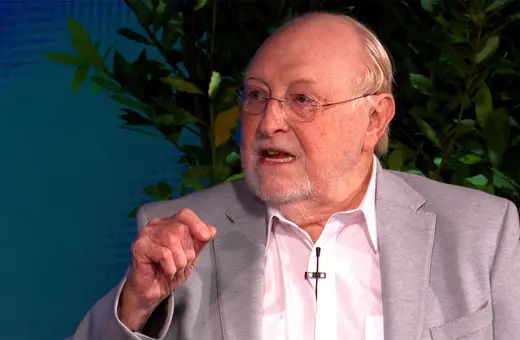Declinist narratives about the fall of America have proliferated in recent years as domestic challenges have intensified and China’s influence has grown. But don’t dismiss American power just yet, argues political scientist Joseph Nye – it has risen from difficult times before, and is well-placed to do so again. This article is based on Joseph's new memoir 'A Life in the American Century'.
In February 1941, just before World War II, TIME/LIFE publisher Henry Luce baptized this “the American Century.” For eight decades, I have lived in it as an academic as well as a public intellectual. With five years as a political appointee in the State Department, Pentagon and Intelligence Community, I spent enough time in Washington to witness American power up close, and occasionally play a part in it.
Some say that the American century is over. But are rumors of American decline greatly exaggerated? Yes and no. Decline can be relative and absolute. For example, Britain and the Netherlands were close competitors early in the 17th century, before British naval power outstripped the Netherlands, but the Dutch economy, society and art remained strong. American power has declined relative to the rest of the world, but it still remains the richest and most powerful country with geographical and social facts that would give any global challenger a run for their money.
 SUGGESTED READING
The last days of America
By Chris Ogden
SUGGESTED READING
The last days of America
By Chris Ogden
In 1945, the US represented nearly half of the world economy and had the only nuclear weapons. The Soviet Union broke the atomic monopoly in 1949, but it was not until 1970 that the US share of the world economy returned to the one quarter where it had stood before World War II (and roughly stands today). President Nixon and others interpreted this return to normal as decline, and broke the dollar’s tie to gold in 1971. But the obituaries were premature. While nothing lasts forever, today the US remains the world’s strongest military power as well as the largest economy. China has become a near peer economic competitor that represents a decline in American power compared to China, but in absolute terms the US remains more powerful than China. It is important to remember that a reduced lead, is still a lead.
China is an impressive competitor with great strengths but also weaknesses. In assessing the overall balance of power, the US has at least five long-term advantages that may persist for some time. One is geography. The US is surrounded by oceans and friendly neighbors, while China shares a border with fourteen other countries and is engaged in territorial disputes with several. The US also has an energy advantage of near self-sufficiency, whereas China depends on energy imports.
Third, the US derives power from its large transnational financial institutions and the international role of the dollar. A credible reserve currency depends on it being freely convertible, as well as on deep capital markets and the rule of law, which China lacks. The US also has a relative demographic advantage as the only major developed country that is currently projected to hold its place (third) in the global population ranking. Seven of the world’s fifteen largest economies will have a shrinking workforce over the next decade, but the US workforce is expected to increase, while China’s peaked in 2014. Finally, America has been at the forefront in key technologies (bio, nano, and information). China, of course, is investing heavily in research and development and scores well in the numbers of patents, but by its own measures its research universities still rank behind American ones.





















Join the conversation